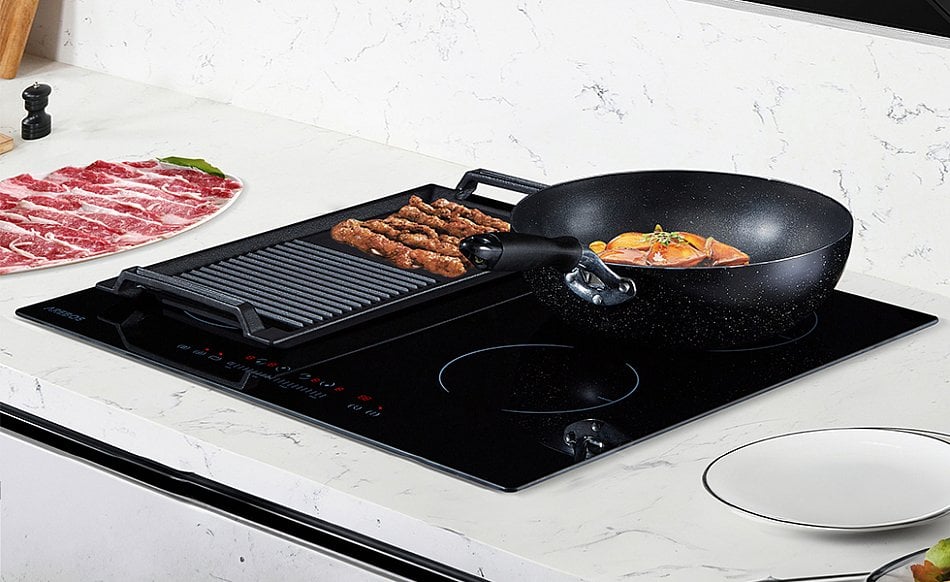Essential Tips for Cooling Cast Iron After Induction Cooking
Written By James Morgan
For those who cherish barbecue, mastering the use of cast iron cookware is essential. However, understanding how to cool cast iron after induction is just as important to preserve your cookware's life and enhance its performance. Whether youre grilling mouthwatering steaks or simmering rich sauces, knowing the right steps for cooling your cast iron can help avoid potential damage and improve your culinary experience.

The Need for Proper Cooling
Failing to cool cast iron correctly can create various issues. An abrupt drop in temperature, known as thermal shock, may crack your cherished cookware. Additionally, improper cooling risks warping or harming the critical seasoning layer, which is vital for non-stick cooking and flavor enhancement. For devoted barbecue enthusiasts, its crucial to respect the integrity of your essential kitchen tools.
Grasping the Concept of Induction Cooking
Induction cooking is a revolutionary technique that heats pots and pans using electromagnetic energy directly. It is an efficient and precise way to cook, making it a top choice for modern chefs. However, this also means that the cookware becomes a direct heat source, requiring a careful cooling strategy.
How to Cool Cast Iron Safely
Step 1: Remove from Heat
Once your cooking is done, its vital to take the cast iron off the induction hob immediately. This action stops any further heating and initiates the cooling process.
Step 2: Allow for Natural Cooling
Let your cast iron cool naturally at room temperature. Avoid submerging it in cold water or putting it on a cold surface, as sudden temperature changes may damage the pan.
Step 3: Use a Cooling Rack
Using a cooling rack allows air to circulate around the pan, promoting uniform cooling. This gentle method helps maintain the seasoning of your cookware.
Maintaining Your Cast Iron
Cooling is just one aspect of caring for your cast iron. Regularly seasoning and cleaning it is equally important. After cooling, rinse the cast iron with warm water and a sturdy brush. Refrain from using soap as it can strip away the seasoning. Ensure the pan dries completely and apply a thin layer of oil to guard against rust.
Why Induction Cooking is Perfect for Cast Iron
Many barbecue lovers favor induction cooking for its efficiency and precise temperature control. Cast iron is highly compatible with induction cooktops due to its magnetic properties, offering excellent heat retention and distribution while allowing you to enjoy the fast and even heating benefits without sacrificing the robust searing abilities of your cast iron skillet.
Frequently Asked Questions
Why is proper cooling crucial for cast iron?
Properly cooling your cast iron prevents thermal shock, which can result in cracking, warping, or damage to the seasoning.
Can I cool cast iron using water?
Absolutely not; using water can cause thermal shock, damaging the pan. Always allow it to cool at room temperature.
Is induction cooking appropriate for cast iron?
Yes, cast iron is highly suitable for induction cooking because of its magnetic properties, providing outstanding heat retention and distribution.
For further insights on induction cooking, check out this informative guide on cast iron and induction.

Conclusion
Grasping how to cool cast iron after induction is vital for ensuring its longevity and enhancing your cooking endeavors. By allowing your cast iron to cool naturally and following regular maintenance routines, you can ensure it remains a reliable partner in your barbecue adventures. Embrace this timeless tradition and let every meal prepared in your cast iron reflect a legacy of craftsmanship.
To learn more about caring for your cast iron cookware, dont miss these relevant reads: Trivets for Cast Iron and Cast Iron vs. Stainless Steel.



